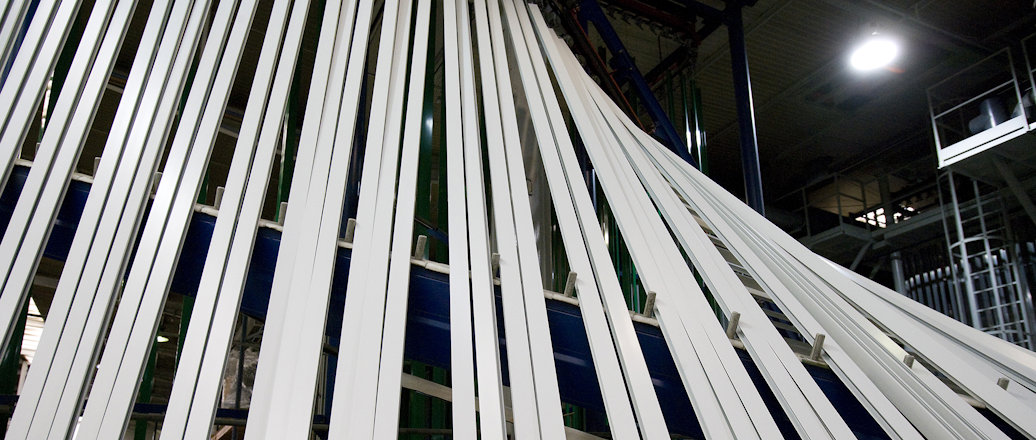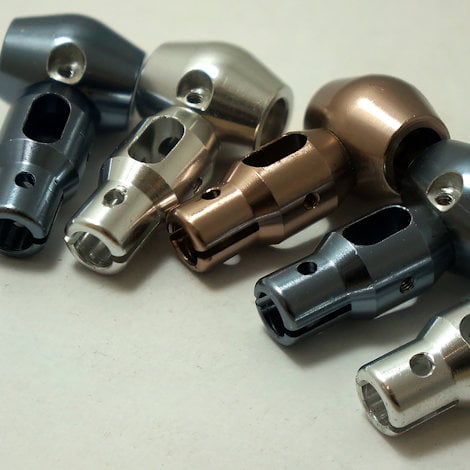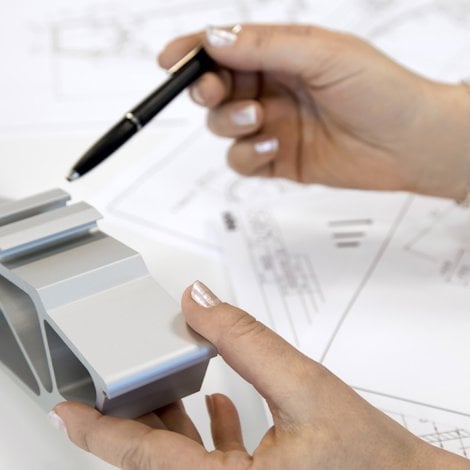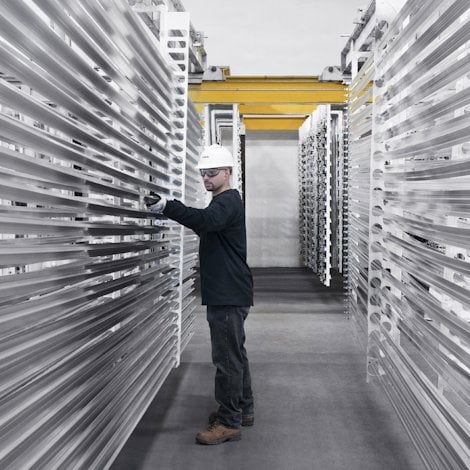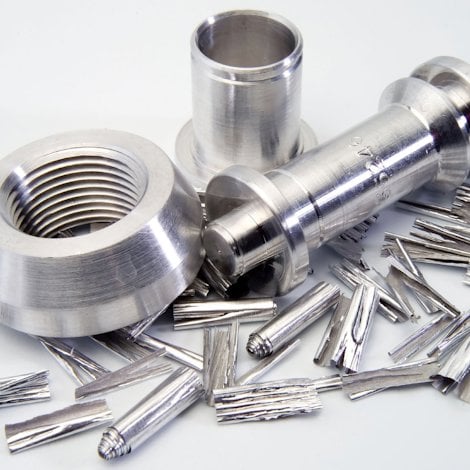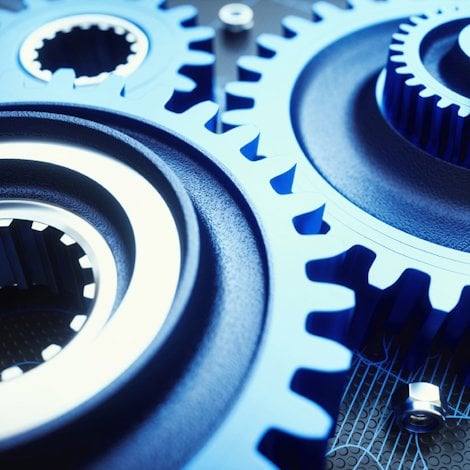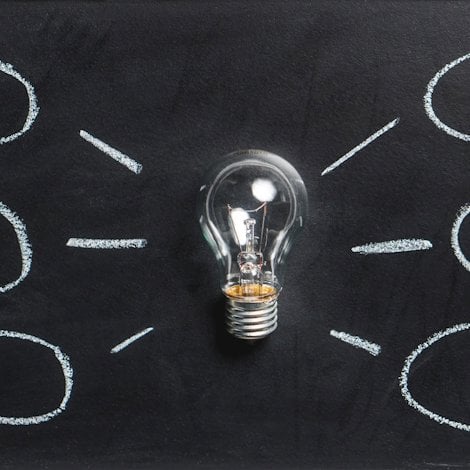What you should know about powder coating aluminium
Powder coating offers an unlimited selection of colors with varied gloss and with very good color consistency. It is by far the most widely used method of painting aluminium profiles. When does it make sense for you?
Thanks to the good corrosion resistance of aluminium, surface treatment of the metal is rarely needed simply to improve its corrosion protection. But there are other reasons for treating the surfaces of extruded aluminium profiles. These include:
- Wear resistance
- UV resistance
- Color
- Surface texture
- Electrical insulation
- Ease of cleaning
- Treatment before bonding
- Gloss
The most prominent methods of surface treatment are anodizing, painting and powder coating. My focus today is powder coating.
Benefits of powder coating the surface of aluminium
Powder coatings can have a finish that is either organic or inorganic. This finish makes it less prone to chips and scratches, and long-lasting. It also contains chemicals less harmful to the environment than those in paint.
I call it the eco-friendly way of adding color.
One of the beautiful things about powder coating is that there are virtually no limits to the choice of color. Another benefit is that we have special antibacterial coatings for sterile environments, such as hospitals.
What I especially like about powder coating is its combination matrix of color, function, gloss, texture and corrosion properties. It adds a layer to the aluminium that is decorative and protective, and it provides an extra layer of protection from corrosion, with thickness from approximately 20µm to as thick as 200 µm.
Powder coating is a highly repeatable process
The powder coating process goes like this: After pre-treatments such as degreasing and rinsing, we use an electrostatic process to apply the powder coating. The negatively charged powder is then applied to the aluminium profile, which is positively charged. The subsequent electrostatic effect creates a temporary adhesion of the coating.
The profile is then heated in a curing oven so the coating melts and flows, forming a continuous film. Once it is cured, a solid connection is formed between the coating and the aluminium.
An important point about the process is its high level of repeatability. You know what you are going to get.

